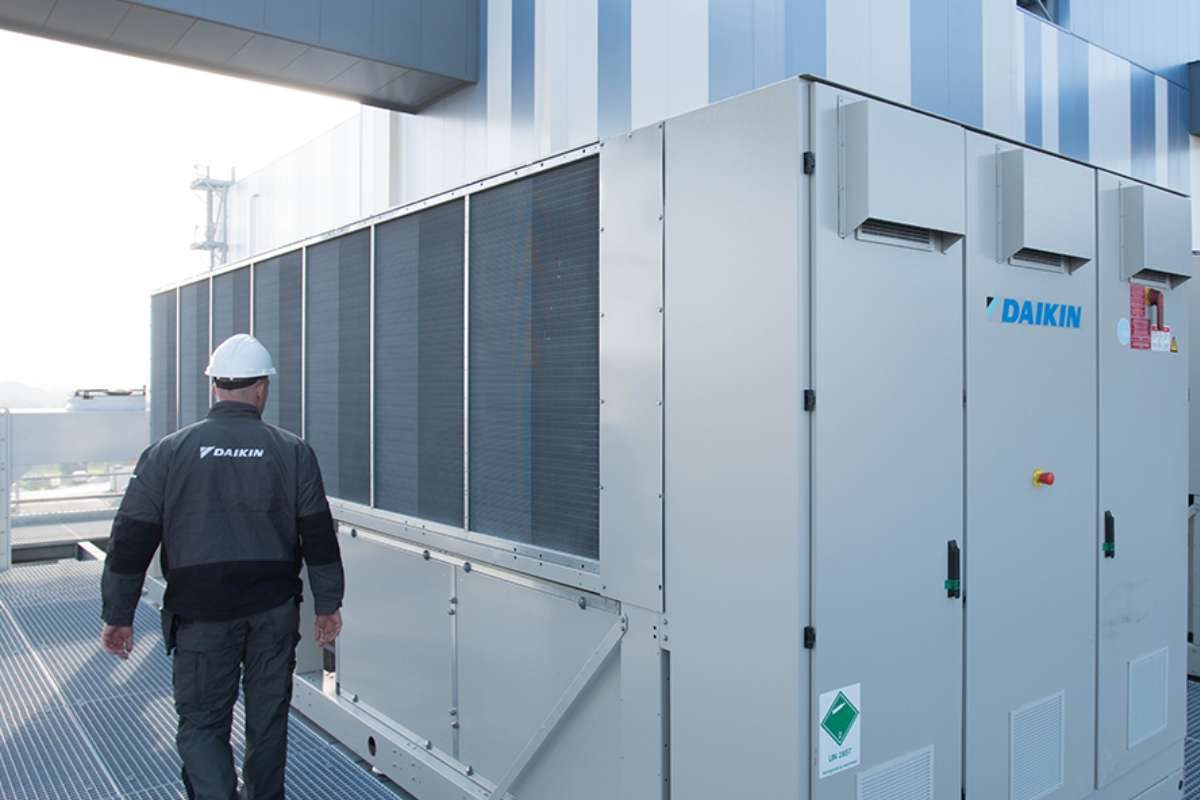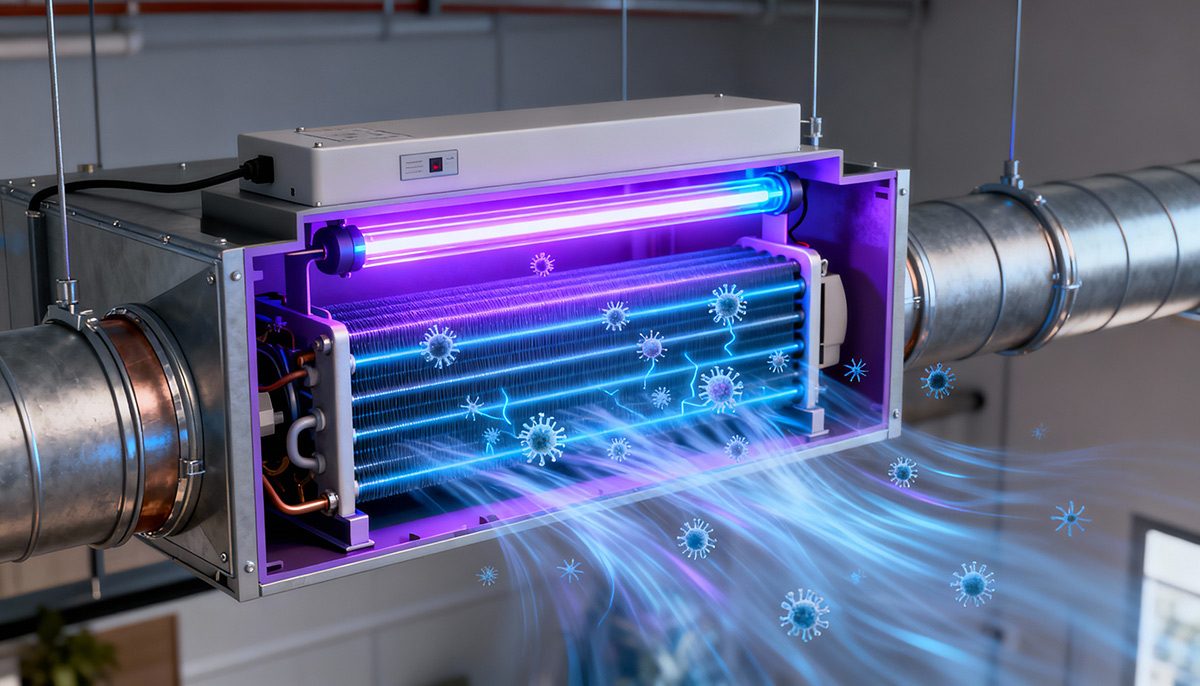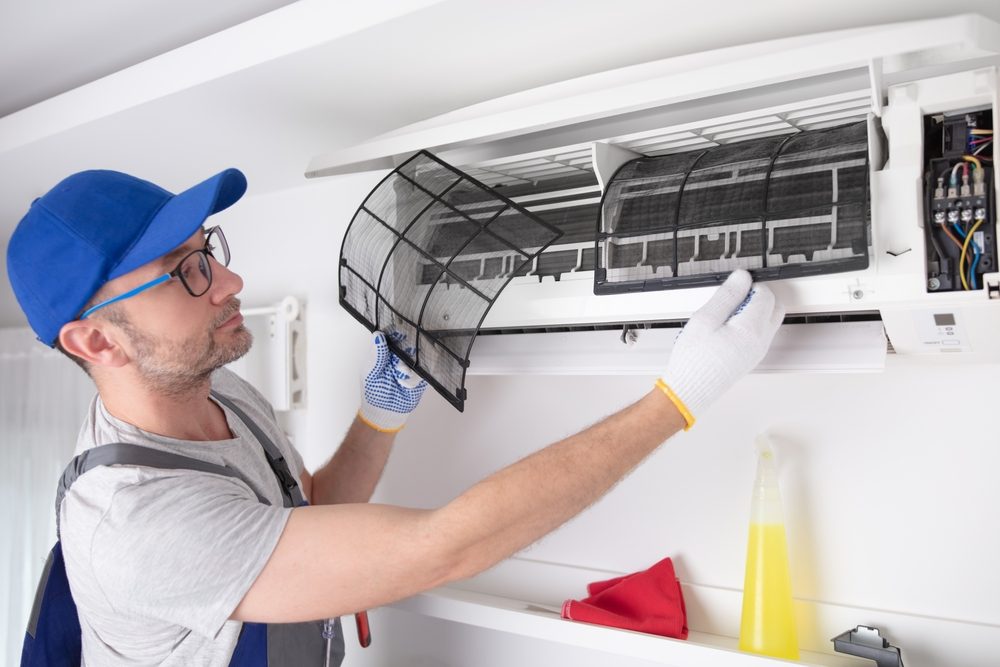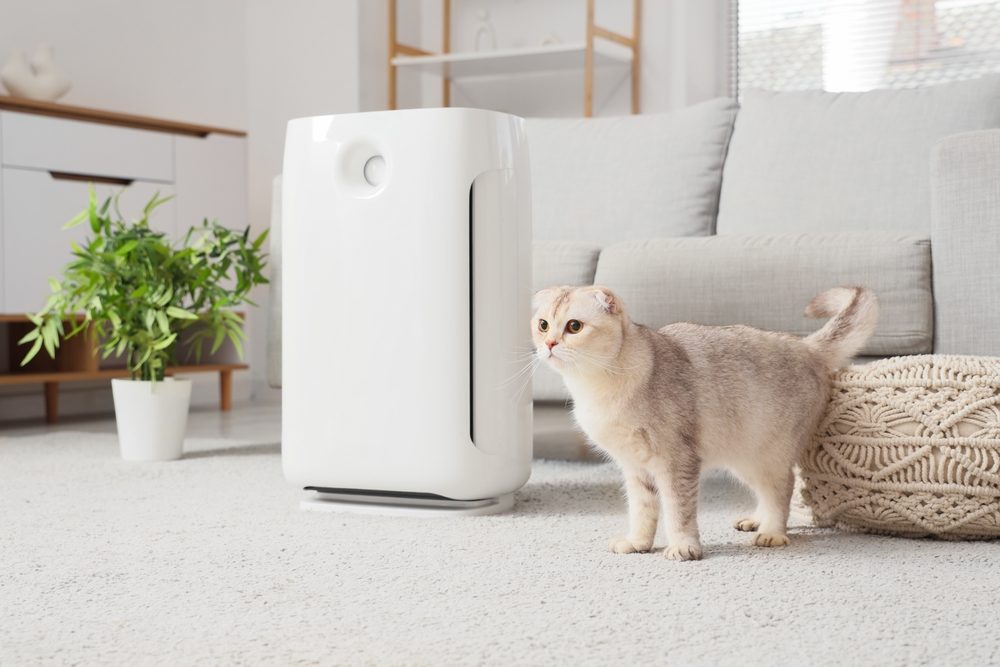
In climate control, chillers play a crucial role by managing heat transfer, functioning similarly to traditional heating, ventilation, and air conditioning (HVAC) systems. However, while conventional HVAC systems usually use air as the medium for heat exchange, chillers operate by utilizing water or a water-based solution. This approach allows chillers to effectively absorb heat from a given space and transfer it to another location, often resulting in more efficient cooling for large-scale applications like commercial buildings and industrial processes.
So in this article, we will look at the key components of chiller cooling systems, how exactly they work, the different types of chiller, the importance of chillers in industrial and commercial applications, as well as their many benefits.
Chiller Cooling Systems: Key components
Chillers rely on several key components:
Compressor: The compressor serves as the heart of the chiller system, driving the refrigeration cycle by increasing the temperature and pressure of the refrigerant vapor. This elevated pressure and temperature are essential for efficient heat transfer. Compressors come in various types, including screw, scroll, reciprocating, and centrifugal. Reciprocating compressors are commonly found in smaller chillers due to their robustness and cost-effectiveness. In contrast, larger systems employ centrifugal compressors because of their superior capacity and efficiency. The choice of compressor depends on factors such as space constraints, energy efficiency requirements, and the cooling load of the system.
Condenser: The condenser is responsible for rejecting heat from the refrigerant and transforming it from a vapor to a liquid. This critical component can be either air-cooled or water-cooled. Air-cooled condensers dissipate heat by passing ambient air over finned coils, while water-cooled condensers use circulating water to absorb and carry away the heat. The selection between these types depends on various factors, including the availability of water resources, space constraints and local climate conditions.
Evaporator: The evaporator is where the chiller system absorbs heat from the process fluid or chilled water loop. As the liquid refrigerant evaporates within the evaporator, it absorbs heat from the surrounding fluid, thereby cooling it. The chilled fluid is then circulated to where cooling is needed before returning to the evaporator to complete the cycle. Evaporators come in several designs, such as shell-and-tube, plate-and-frame, and coil-in-tank, each tailored to specific applications based on capacity, efficiency, and spatial requirements.
Expansion valve: The expansion valve plays a crucial role in regulating the temperature and pressure of the refrigerant as it enters the evaporator. By controlling the flow of refrigerant, the expansion valve ensures optimal performance of the chiller system, maintaining steady conditions within the evaporator and maximizing efficiency. Common types include thermostatic expansion valves (TXVs) and electronic expansion valves (EEVs), which provide precise control based on factors like evaporator load and environmental conditions. Proper selection and sizing of the expansion valve are essential for effective cooling and avoiding performance issues.
Control system: Modern chiller systems rely on sophisticated control systems to ensure optimal performance, energy efficiency, and reliability. These systems monitor and adjust various parameters such as compressor capacity, refrigerant pressure, and chilled water temperature. Advanced control algorithms enable precise adjustments to compressor speed, condenser water flow, and evaporator temperature, enhancing system efficiency and reducing energy consumption.
Chiller Cooling Systems: How do they work
A chiller operates based on either vapor compression or vapor absorption principles, designed to continuously supply a coolant at a specific temperature, around 50°F (10°C), to the colder side of a process water system. This coolant circulates through the system, extracting heat from various components of a facility before returning to the process water system.
The core of a chiller’s operation is a vapor compression refrigeration system, which interfaces with the process water system through an evaporator. Within the chiller, refrigerant flows through the evaporator, compressor, condenser and expansion device.
In the evaporator, which acts as a heat exchanger, heat from the process coolant is transferred to the refrigerant. This transfer causes the refrigerant to evaporate, changing from a low-pressure liquid to a vapor, thereby cooling the process coolant. The refrigerant then moves to the compressor which removes the refrigerant from the evaporator, maintaining a low pressure to facilitate effective heat absorption. Simultaneously, the compressor increases the pressure of the refrigerant vapor, raising its temperature so that it can efficiently release heat in the condenser.
In the condenser, the refrigerant releases its latent heat as it condenses back into a liquid state. This heat is dissipated into a cooling medium, either air or water, effectively carrying the heat away from the environment. This cycle of heat absorption and release enables the chiller to maintain the desired temperature within the process water system.
Types of Chiller Cooling Systems
Chillers come in various designs, each suited to specific needs and applications:
Water-cooled chillers: Water-cooled chillers use water to absorb heat from the refrigerant in the evaporator, then release this heat through a cooling tower. These chillers are known for their efficiency, consistency, and longevity but require water treatment for the cooling tower.
Air-cooled chillers: These use air to dissipate heat from the refrigerant via an air-over condenser coil. The refrigerant absorbs heat, which is then expelled into the ambient air by a fan. Air-cooled chillers are easier to maintain and require less space since they don’t need a cooling tower or water pump.
Scroll chillers: Scroll chillers employ a scroll compressor to compress the refrigerant, which uses a stationary and an orbiting scroll plate. Scroll chillers boast smooth operation, high efficiency, and quieter performance.
Screw chillers: Screw chillers use one or two rotating screws to compress refrigerant and are suited for larger capacities, ranging from around 30 to over 400 tons. They are used in industrial and petrochemical applications due to their high capacity.
Explosion-proof chillers: Designed for hazardous environments, explosion-proof chillers are built with reinforced components to prevent explosions and protect both equipment and personnel.
Low-temperature chillers: For applications requiring temperatures below 35°F (such as in petrochemical processes), low-temperature chillers can achieve temperatures as low as -40°F. They use special heat transfer fluids for efficient operation.
Glycol chillers: Glycol chillers, equipped with digital temperature controllers, are ideal for industries like wineries and breweries where precise temperature control is essential. They ensure consistent cooling for sensitive products.
Importance of chillers in industrial and commercial applications
In industrial applications, chillers are essential for controlling the temperature of machinery and processes, ensuring smooth operation and preventing overheating. In manufacturing facilities, for example, chillers help regulate the temperature of production lines, cooling systems and critical equipment.
In commercial applications, chillers are commonly used in large buildings such as shopping malls, office complexes, and hotels, where they manage the temperature of HVAC systems to provide a comfortable environment for occupants.
Chillers contribute significantly to energy efficiency and sustainability in both industrial and commercial sectors. Modern chillers are designed with advanced technologies that enhance their efficiency, reduce energy consumption and minimize environmental impact. By optimizing cooling processes and integrating with building management systems, chillers help reduce overall energy costs and carbon footprint.
Benefits of using chiller cooling systems
Let’s look at some of the key benefits of using a chiller cooling system:
Energy efficiency: Water chillers are highly efficient for process cooling as they function independently of external temperatures. Unlike systems affected by ambient temperature fluctuations, water chillers maintain consistent performance. They can quickly lower temperatures in large industrial applications, leveraging water’s effective heat dissipation properties.
Cost savings and ROI: While the initial installation of water chillers can be costly, they offer a high return on investment over time. Their operational efficiency leads to significant energy savings and low maintenance costs. Water is an abundant and inexpensive coolant, making it a cost-effective option for rapid heat dissipation compared to other methods.
Durability and longevity: Water chillers are known for their durability and long lifespan. Most components are housed indoors, shielding them from harsh weather conditions and extending their operational life.
Increased production speed: By stabilizing process temperatures, water chillers enhance production speed and efficiency. They ensure optimal thermal conditions, reducing the risk of damage to heat-sensitive components and minimizing downtime that could otherwise disrupt production.
Quiet operation: Water chillers operate quietly due to their minimal moving parts, making them suitable for environments where noise control is important. Their design reduces operational noise, helping them comply with industrial noise regulations.
Flexibility: Water chiller systems offer significant flexibility, with various sizes and configurations available to suit different indoor and outdoor settings. This adaptability ensures that water chillers can be customized to meet specific process requirements efficiently.
About Daikin
Daikin stands as the global pioneer and leader in the HVAC and refrigeration industry, driving innovation and sustainability across our extensive product range including chillers, splits, VRV systems, air handling units (AHUs), fan coil units (FCUs), controls, refrigeration solutions, and comprehensive service and parts support. Through this, Daikin meets and exceeds the needs of residential, commercial and industrial applications.
At the core of our philosophy is the belief in the infinite potential of people – and we are constantly working towards a future where comfort and environmental responsibility coexist harmoniously. We are proud to employ over 98,000 people, and operate in over 170 countries with a worldwide network of 115 factories. In FY23, Daikin generated net sales of USD 30bn.
Daikin’s emphasis on pioneering solutions reflects our understanding of the crucial role air quality plays in all our lives. By safeguarding the future of our planet’s air, we are committed to enhancing the environment for future generations. Contact Daikin today.



